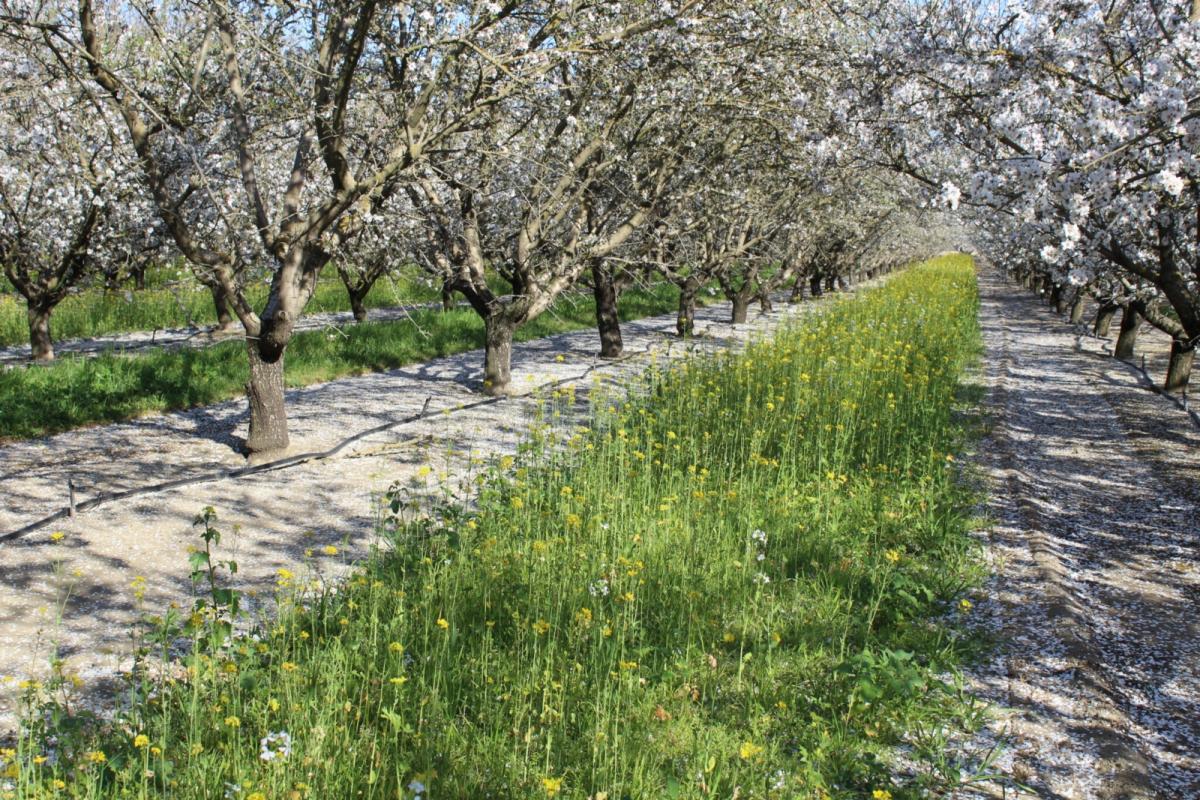This story was originally published by the Food and Environment Reporting Network.
In 2002, Deirdre Birmingham and her husband, John Biondi, bought a 166-acre farm in southwestern Wisconsin’s Driftless region. On a portion of that land — once used to raise cattle and grow feed crops like corn, soybeans, and alfalfa — they planted apple and pear trees to make fermented ciders. On a larger, spring-fed portion, abutting the orchard and en route to meadow and oak forest, they seeded in Indian and June and bluestem grasses, echinacea and bergamot, spiderwort and blazing stars, restoring a portion of the region’s native prairie. They knew this would benefit beleaguered wild bees but they weren’t fully aware how this decision to rewild their landscape would help the farm, too.
Two decades later, on June 14, 2022, the weather turned unseasonably hot. After tedious cold and wet weeks, temperatures swelled throughout the morning until they hit the high 90 degrees F. “We had this record-breaking heat and the trees just fast-forwarded into blossom, and dandelio... Read more
